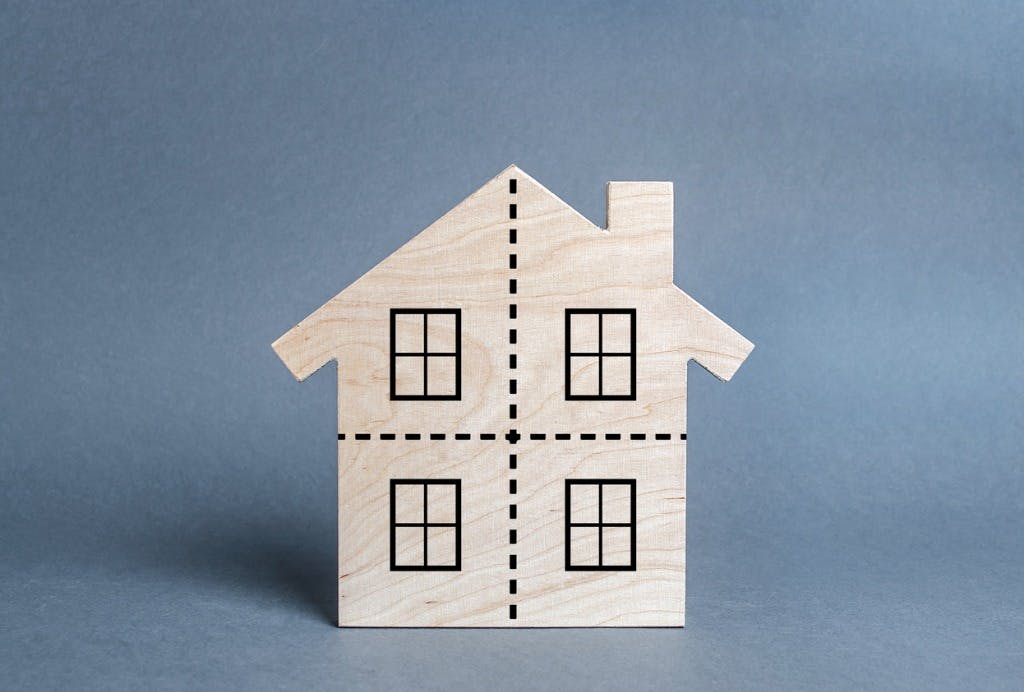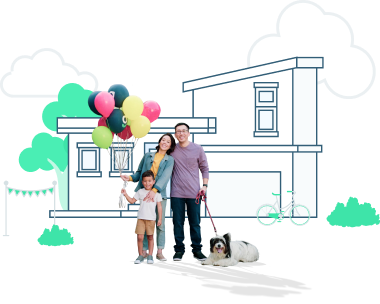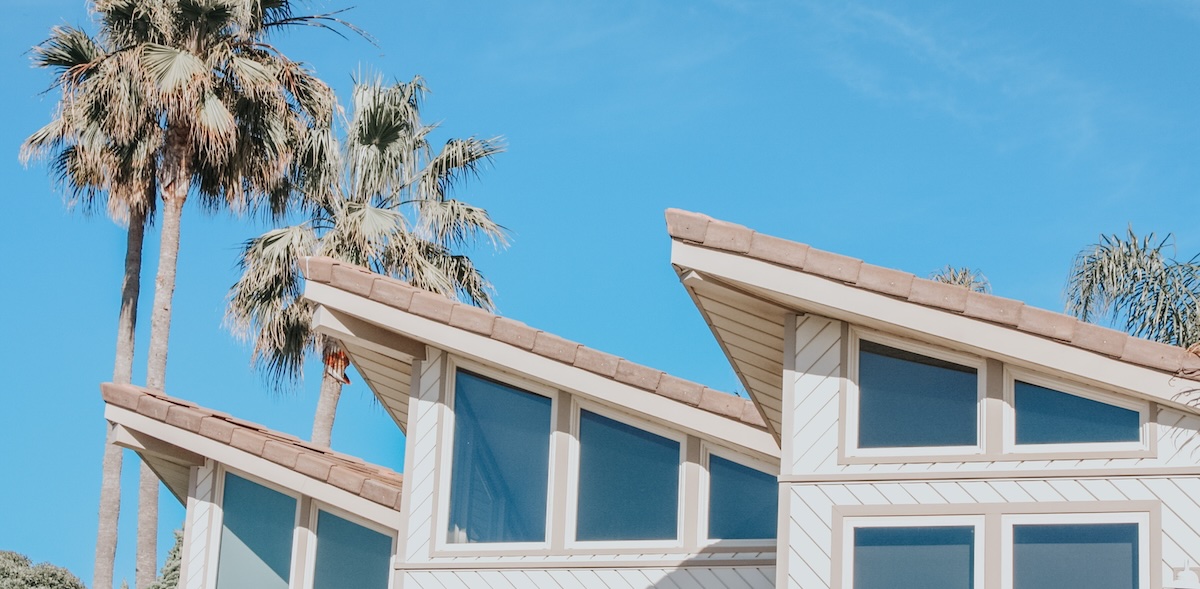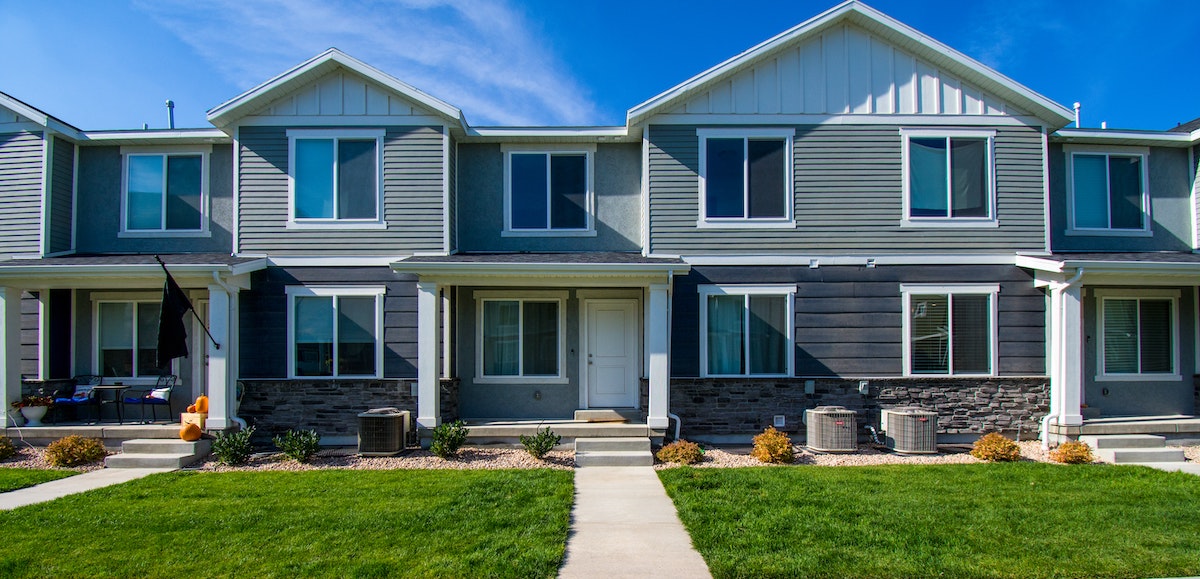California
SB9 And The Financial Opportunities for Californian Homeowners
Last Updated Jun 30, 2021


Single-family zoning laws have changed in California under Senate Bill 9 (SB-9), creating real financial opportunities for eligible homeowners.
For decades, California’s single family zoning laws saw incremental rather than tectonic shifts. But the housing shortage has changed that, and changed it profoundly.
The first revolution brought the phrase “ADUs” – or Accessory Dwelling Units – into the public consciousness. It gave homeowners greater latitude to convert under-utilized spaces within their homes (think garages, basements, and attics) into livable, rentable spaces, and also incentivized the construction of free-standing cottages and guesthouses on their property.
If you’re a homeowner looking to generate incremental rental revenue, building an ADU is a potential opportunity. Similarly, Senate Bill 9 offers a potential subdivision opportunity. Which means you could keep living in your current house, and build a new rentable structure alongside it.
This second revolution, which came into affect in January 2022 makes provisions for dividing properties, allowing homeowners to split a single-family lot into two lots, add a second home to their lot or split their lot into two and place duplexes on each. The last option would create a maximum of four housing units on a property currently limited to a single-family house.
That represents a dramatic change from current regulations, wherein a single-family lot is only permitted to contain a free-standing house and an accessory dwelling unit, plus an attached junior unit that is 500 square feet or less.
The goal of SB-9 or "the Califonia H.O.M.E Act" is to provide options for homeowners to build wealth while providing affordable rental opportunities to other families. Rather than targeting traditional real estate investors, the bill seeks to benefit homeowners and families, with an owner-occupancy requirement in place as a condition to receiving the lot split.
Here are some of the most frequently asked questions on SB-9:
Can any homeowner or property owner take advantage of this new law?
Though the laws are fairly accommodating, you can only “upzone” your property if the resulting 2 lots are 1200 square feet or larger. You can’t destroy or alter a house that has been used for affordable or low-income housing in the past 3 years either. And laws regarding historically landmarked buildings remain unchanged, so you can’t demolish or change one in order to take advantage of SB-9.
Other limitations are that you can’t use the new construction for short-term rentals (less than 30 days); and the owner of the property must occupy the main house on the lot for at least 3 years after construction has concluded. Also the new construction can’t be used as a commercial space.
How can the state predict if I am going to stay in my house for three years?
The folks in Sacramento don't have a crystal ball. But anyone looking to build an ADU must sign an affidavit which represents they will occupy one of the units as a primary residence after the split or the construction of an ADU.
Is it possible to subdivide a lot more than once?
Nope! No more than four housing units can be created on a single lot.
How are zoning laws applied to these new constructions?
Except for the fundamental change enacted by SB-9, zoning laws remain intact.
Get help creating a rental unit in California
Between SB-9 and the increased flexibility when it comes to constructing ADUs, it’s never been easier to build a rental unit in California. And with access to Belong and its teams of Pros, it’s never been easier to maintain one. Learn more about how Belong can help you navigate the rapidly changing landscape of California real estate.





